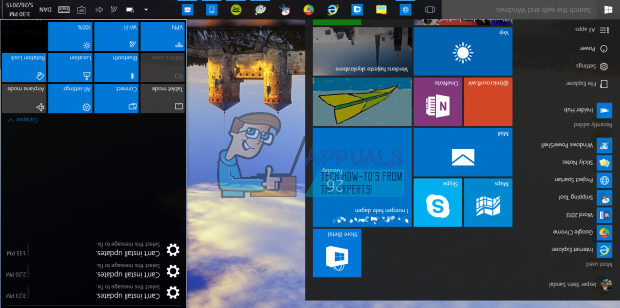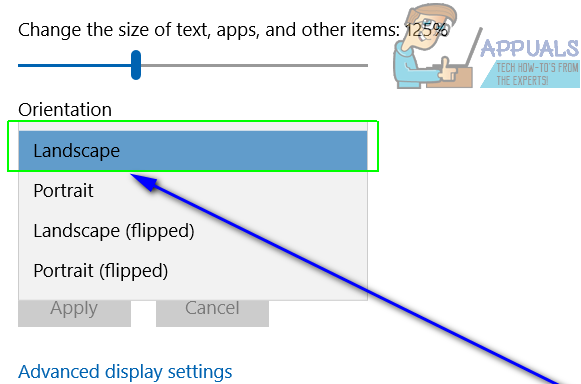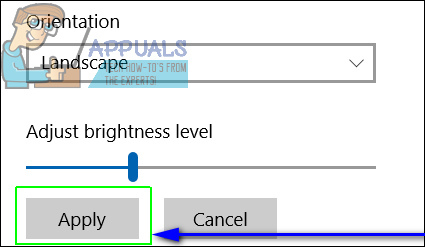How to Flip Your Screen on a Windows Computer
Something not many Windows users know about is that on a Windows computer, the normal landscape display is not the only one you can have – you can flip your display 90° to the left, 90° to the right or 180°, turning it upside down. While flipping the display on a Windows computer makes for an amazingly harmless yet extremely fun April Fool’s prank (or a prank for any other day!), it can also sometimes end up happening by accident or as a side-effect of another issue or problem. And when that happens, seeing their display flipped to either side or completely upside down can confuse and befuddle the average Windows user. 
When a Windows user sees their display flipped, they usually wonder two things – how are they supposed to make sense of what’s on their screen at the moment (tilt their head or tilt their display?) and how they can flip their display back to its original orientation. While flipping the screen on a Windows computer to an unusual orientation can be useful for a select few years, it is nothing more than an inconvenience or a potential prank to play on friends and family for others, which is why a flipped screen can be quite a bother.
Thankfully, though, when the screen on a Windows computer is, for whatever reason, flipped to an unusual orientation, the results are not permanent and are also easily reversible. The following are the two most effective methods that you can use to flip the display on a Windows computer back to its original orientation:
Method 1: Use the Windows keyboard shortcut for changing screen orientation
For reasons unknown, Microsoft thought Windows needed to be able to allow users to change their computers’ screen orientation, so the tech giant programmed a keyboard shortcut for changing screen orientation into all of its currently supported versions of the Windows Operating System. This keyboard shortcut can be used to both change your computer’s screen orientation from default to something else and to change the orientation back to default. To use this method, simply:
- Press and hold the Ctrl + Alt keys on your keyboard.
- While still holding down on the Ctrl + Alt keys on your keyboard, press the Up Arrow key to change your screen orientation to default.
Note: With the Ctrl and Alt keys pressed and held, pressing the Left Arrow, Right Arrow or Down Arrow keys flips the screen orientation 90° to the left, 90° to the right and 180° respectively.
Method 2: Fix the screen orientation from Display Settings
You can also fix your computer’s screen orientation from the Display Settings menu. This menu is present in all versions and iterations of the Windows Operating System, although it is titled differently on some of them. To fix your screen orientation from Display Settings, you need to:
- Right-click on an empty space on your Desktop.
- Click on Display settings (or Screen resolution depending on the version of Windows you’re using) in the resulting context menu.

- Open the dropdown menu located directly underneath (or next to) Orientation.
- Click on Landscape to select it.

- Click on Apply.

- Wait for the screen orientation change to be applied and then click on Keep changes.

Note: In the Orientation dropdown menu, the Portrait, Landscape (flipped) and Portrait (flipped) options tilt the screen orientation 90° to the left, 180° and 90° to the right respectively.